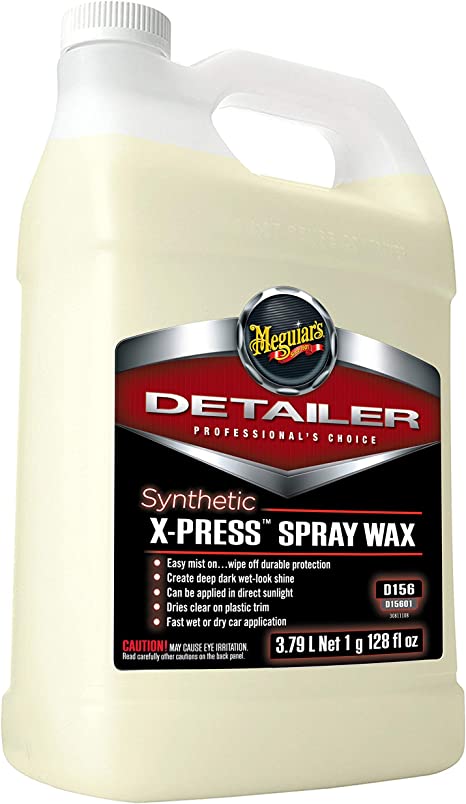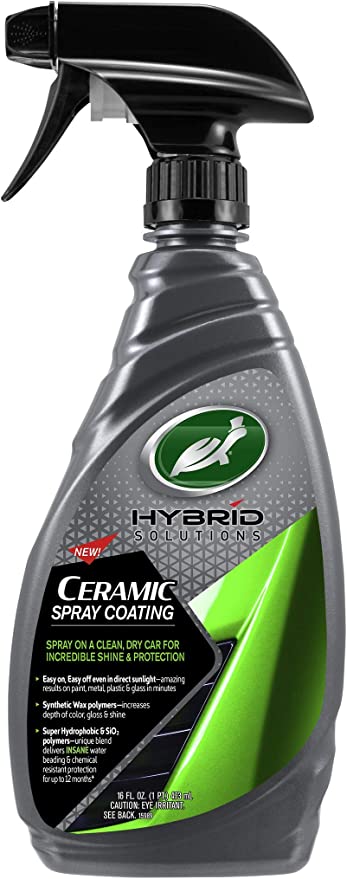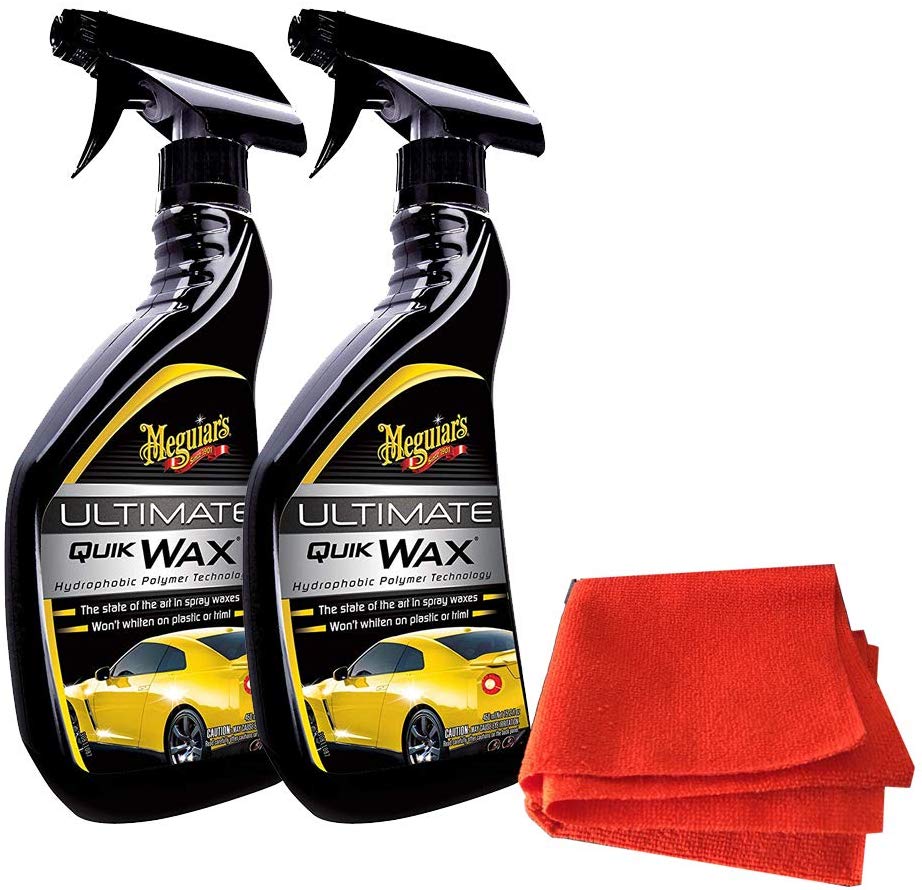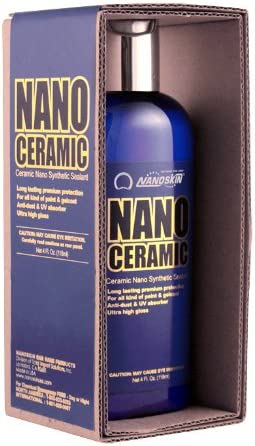Which is better Car Wax vs Ceramic Coating? Complete Review
When trying to make the decision to go Wax or Ceramic coating there are a few areas for consideration.
These are:
- How much time you as car owners have to spend
- The level of protection you require
- Your budget
All these should be thought out well before you commit to purchasing any type of paint protection.

If you have many hours of time to spend on adding a protective layer to your car then you would be looking more at traditional wax that Ceramic Coating. Maybe you are retired and have a classic car you enjoy maintaining then this would be the preferred method for you.
If time is in short supply then a really good ceramic coating can save you hours over a year but perhaps not give you as much pleasure in applying as a car waxes can.
Either way if you value your car and want it to look the best, reduce swirl marks and minor imperfections then you need to use the best of either of these for superior protection

Best Type of Protection
For the best type of protection it is best to think what are you trying to protect your against.
Is it strong UV rays? Acid rain?
Or more road based threats such as rock salt, road side debris or bird droppings?
After all wax of ceramic coating are both simply putting a protective coating or sacrificial layer on top of the clear coat on your car. They just provide a hard layer of protection against the elements and road debris.

Level Of Protection
The level of protection is really dependent on the product used.
You may use a wax or ceramic coating that is very protective of UV rays but is not so resilient to road debris.
Similarly a good hard road grime wax or ceramic coating my be weak in direct sunlight.
Hence why it is important to not only consider whether to use wax or ceramic coating but also think what it is you are trying to protect against.

Traditional car wax
May old school traditional detailers will tell you that a good wax is the only way to provide top quality protection.
This has been the most common form of protective barrier to apply to a car's paint since cars were first invented!
And is still used today by many detailers get great enjoyment from their hours spent apply a quality wax to their vehicle's paint
Most Common Types of Waxes
Here are the most common type of wax used for car detailing
Carnauba Wax
Carnauba wax is a natural wax derived from the leaves of the Brazilian palm tree Copernicia prunifera. It is known for its high-gloss finish, deep warm shine, and water-repellent properties.

Carnauba wax is available in both paste and liquid forms. It main disadvantage is tis durability. It often needs at least a top up coat every three to six months. If you want a warm glow on the car's surface then this has to be your go to option.
Mothers California Gold Carnauba Wax

Carnauba wax is available in both paste and liquid forms. It main disadvantage is its durability. It often needs at least a top up coat every three to six months. If you want a warm glow on the car's surface then this has to be your go to option.
Synthetic Wax
This is often referred to as paint sealants or polymer waxes, synthetic waxes are made from man-made polymers designed to bond with the car's paint. They generally provide longer-lasting protection (up to 6 months or more) compared to natural waxes and are more resistant to harsh weather and contaminants.

Synthetic waxes are available in liquid, paste, and spray forms. A really good alternative to Carnauba wax if you are looking for longer durability.
Hybrid Wax

By Hybrid waxes I mean a combination the benefits of both natural and synthetic waxes. They could easily be referred to as a ceramic wax. They typically contain carnauba wax for its high-gloss shine and other synthetic polymers for increased durability and protection. Hybrid waxes aim to deliver the best of both worlds in terms of appearance and longevity. These are a pretty new to the market today and are proving very popular amongst daily driver owners and the amateur car enthusiast. .
Spray Wax

These are a convenient and easy-to-apply option for car detailing. They usually come in a spray bottle and can be applied quickly and effortlessly, making them ideal for maintaining the shine and protection between full wax applications. However, spray waxes generally don't last as long as paste or liquid waxes, so they are best used for regular touch-ups.
I tend to use these as top waxes to strengthen up good wax coating in preparation for either Summer heat or Winter weather elements. For instance, if you had waxed your car in Spring then this would be a top up coat to give added protection until you apply the Winter wax coat in the Autumn.
Benefits of Ceramic Coating
Enter your text here...

Enhanced protection:
The main difference between a wax a a ceramic coating is that the ceramic coating forms a semi-permanent bond with the car's paint, creating a strong, durable layer that protects against UV rays, oxidation, bird droppings, acid rain, and other environmental contaminants. This protection helps prevent paint fading, discoloration, and etching, preserving the vehicle's appearance.
Hydrophobic properties:

Most ceramic coatings are known for their hydrophobic or water-repellent properties. This means that water and other liquids will bead up and roll off the surface, reducing the risk of water spots and making it more difficult for dirt, grime, and other contaminants to adhere to the paint. Beading is often seen as a very good feature of a treated car.
Improved gloss and shine:

Ceramic coatings enhance the depth and clarity of the paintwork, giving the vehicle a glossy, mirror-like finish. The smooth, even surface created by the ceramic coating enhances light reflection, making the paint appear more vibrant and shiny. Some ceramic coatings gives a real wet look and can be your best option if this is what you want you car looking like.
Easier maintenance:

Maintenance is easier due to the hydrophobic properties and smooth surface created by ceramic coatings, dirt and grime are less likely to stick to the vehicle. This makes the car easier to clean, often requiring only a simple rinse or gentle wash to remove surface contaminants. That said I think you still have to periodically use some clay bar treatment of the car paint to remove surface oxidants caused by environmental pollutants.
Longer-lasting protection:

This has to be an important difference between wax and ceramic coating. And if time is of importance to or in short supply then this could be you best option. The reason being, ceramic coatings typically offer longer-lasting protection than traditional waxes and sealants. While traditional waxes might last for a few months, ceramic coatings can last for years, depending on the product's quality, application, and maintenance
Cost-effectiveness:
Although ceramic coatings may have a higher initial cost, they offer long-lasting protection, which can save money in the long run by reducing the need for frequent reapplications of waxes or sealants.

When I use traditional wax I do two big waxes in the Spring and Autumn using a to quality natural wax. I then do two top waxes using a spray wax in the Summer and Winter. This can take quite an amount of time and as suggested earlier if time is money for you then the ceramic coating option could work out best for you
Best Ceramic Coating Products
Here I will list what I consider to be the best ceramic coating products. Each one can require a different application process and some may require a professional ceramic coating service expert to apply them.
Ceramic Nano Coating

Many people refer to Nano Ceramic coating a flippant way and really do not understand how advanced the product is and how it works, so here is a quick description.
A ceramic nano coating, also known as a nano-ceramic coating or simply a ceramic coating, is a liquid polymer coating composed of microscopic particles or nanoparticles.
These nanoparticles, typically made of silicon dioxide (SiO2) or titanium dioxide (TiO2), bond to a vehicle's paint surface when applied, creating a semi-permanent, ultra-thin protective layer.
The term "nano" refers to the size of the particles in the coating, which are measured in manometers (one billionth of a meter).
The small size of these particles allows them to fill and seal microscopic pores and imperfections in the paint, forming a smooth, even surface that enhances the paint's gloss.
I hope that gives you an understanding of how this can benefit your cars surface.
Ceramic Coating Spray

Ceramic coating sprays can be a very good option if you are seeking a more convenient and affordable way to protect and enhance their vehicle's appearance.
However, it's important to understand that they may not offer the same level of protection and durability as a professionally applied traditional ceramic coating. You could say they are the lightweight option but with the advantage of easier application.
Ceramic coating sprays can be a very good option if you are seeking a more convenient and affordable way to protect and enhance their vehicle's appearance.
However, it's important to understand that they may not offer the same level of protection and durability as a professionally applied traditional ceramic coating.
Ceramic coating spray, is often known as spray-on ceramic coating or ceramic spray sealant, they are liquid polymer product's designed to provide a protective layer on a vehicle's paintwork.
They contains similar ceramic nanoparticles found in traditional ceramic coatings but comes in a convenient, easy-to-apply spray form.
Conclusion

To conclude, both wax and ceramic coatings offer excellent protection and enhancement to a vehicle's paintwork.
However, they differ in terms of durability, ease of application, level of protection, and cost.
Traditional waxes, particularly carnauba wax, are known for their high-gloss finish and affordability, but they require more frequent reapplications due to their shorter lifespan.
On the other hand, ceramic coatings offer longer-lasting protection, superior resistance to contaminants and scratches, and hydrophobic properties that make maintenance easier, but at a higher initial cost.

Choosing between wax and ceramic coating really depends on your actual needs, preferences, and of course budget, as some of these products can really break the bank if you get carried away!
If you're looking for a more affordable and user-friendly option for regular maintenance and don't mind reapplying it every few months, wax may be the better choice for you.
However, if you're seeking a longer-lasting solution with a higher level of protection and are willing to invest more time and money upfront, a ceramic coating may be the ideal choice.

What ever choice you make it's important to remember that, proper care and maintenance are essential for preserving your vehicle's appearance and protecting its paintwork after wax or ceramic coating.
Regular washing, occasional decontamination, and following the manufacturer's guidelines for your chosen product will help ensure the best results and longevity for your chosen paint protection solution.

